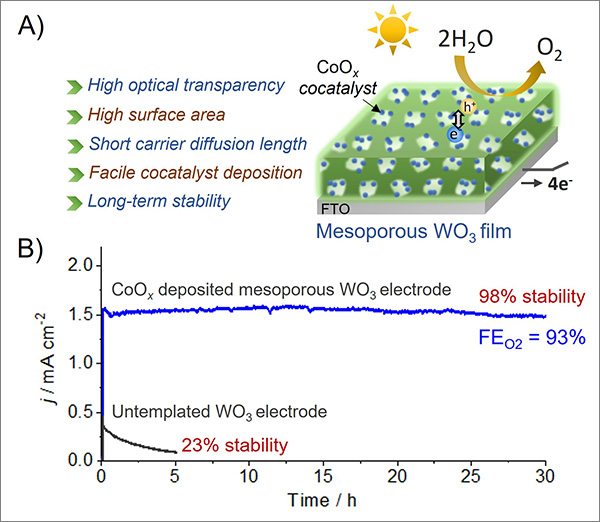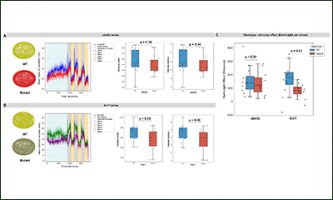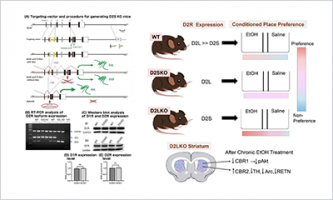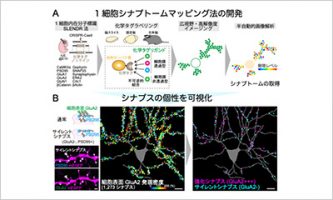Transparent mesoporous WO₃ film enhances solar water splitting efficiency and stability
Sep 05 2025
A newly developed mesoporous WO₃ film is an efficient and stable photoanode for oxygen evolution, enabling advanced tandem devices for renewable hydrogen production.
A team of scientists have unveiled a breakthrough in the field of renewable energy materials. They have developed a transparent, crystalline mesoporous tungsten trioxide (WO₃) film that exhibited exceptional efficiency and stability for photoelectrochemical (PEC) water splitting. The innovation can accelerate the transition toward sustainable solar-to-hydrogen technologies, a clean energy pathway with far-reaching implications for global decarbonization. The research developed a transparent film of tungsten trioxide (WO₃) with a highly ordered mesoporous structure and tailored crystal orientation and achieved unprecedented efficiency and long-term stability, particularly in neutral pH conditions. This discovery offers a promising path for developing tandem photoelectrochemical (PEC) devices for sustainable solar-to-hydrogen conversion. The team fabricated the film directly on a conductive glass substrate (fluorine-doped tin oxide, FTO) using a surfactant-template method coupled with an in situ template-carbonization technique. This process employed the triblock copolymer Pluronic F127 and enabled the formation of a crystalline mesoporous network with ultrathin pore walls (~10 nm) and high surface area (124 m²/g). The design ensures shorter migration paths for charge carriers, abundant active sites for water oxidation, and efficient electron transport within the transparent film. The lead author Dr Debraj Chandra highlighted the significance of the synthesis method and stated “in situ template-carbonization technique preserves the uniquely crystalline organized-mesoporous structure of WO₃ film. The materials fabrication technique is promising for development of other unattained crystalline mesoporous metal oxide films.”
The mesoporous WO₃ photoanode demonstrated incident photon-to-current conversion efficiencies (IPCE) of 49% in acidic conditions and 41% under neutral pH at 420 nm and 1.23 V in comparison to the reversible hydrogen electrode. The IPCE value of 49% was approximately three times higher than those of conventional, untemplated WO₃ films. In comparison with standard WO₃, mechanistic investigations demonstrated a 3.6-fold increase in water oxidation rate constants. The introduction of cobalt oxide (CoOx) nanoparticles as co-catalysts within the mesoporous channels resulted in a further improvement, as it accelerated surface reactions and increased the oxygen evolution rate constant to 5.7 × 10² s⁻¹. The faradaic efficiency for oxygen evolution of 93% was a remarkable accomplishment for WO₃ photoanodes, and the mesoporous WO₃ electrode also demonstrated remarkable durability, retaining 98% of its initial photocurrent after 30 h of continuous operation under neutral conditions.
The optical transparency of a material is one of its most notable features that contributes to its role as a front light-harvesting layer when combined with PEC devices. In these devices, the overall efficiency is enhanced by stacking multiple photoabsorbers to capture different regions of the solar spectrum. According to the corresponding author Dr Masayuki Yagi, “The high optical transparency and exceptional long-term stability under neutral pH conditions of the mesoporous WO₃ electrode provides a scalable strategy for tandem photoelectrochemical water splitting devices by using it as a front light-harvested layer, thereby advancing the prospects of sustainable solar-driven water splitting”.
Although hydrogen is considered a sustainable energy carrier that can decarbonize a variety of sectors, including transportation and heavy industry, the instability and inefficiency of photoactive materials hinder the sustainable production of hydrogen through sunlight-driven water splitting. Thus, this study offers a blueprint for the development of next-generation photoanodes that combine long-term stability, transparency, and high efficiency by addressing these fundamental challenges in WO₃. Additionally, the fabrication strategy, which is based on scalable templating and carbonization methods, can be expanded to other metal oxide semiconductors, thereby further increasing its impact. The study emphasizes that this innovation paves the way for the development of practical solar water-splitting systems that are capable of producing renewable hydrogen on a large scale. Transparent mesoporous WO₃ films have the potential to herald in a new era of sustainable, efficient solar fuels with the addition of further optimization and integration into tandem device architectures.

Figure 1: A schematic presenting the mechanism of water oxidation by photoelectrochemical (PEC) processes on the WO₃-F127 photoanode, and current density time (j–t) profiles recorded over a 30 h of photoelectrolysis for water oxidation.
The effective deposition of finely dispersed cobalt oxide (CoOx) nanoparticles within the mesoporous framework of the WO₃-F127 electrode is illustrated in this figure. The incorporation of CoOx takes advantage of the highly ordered mesoporous architecture, which offers a greater accessible active site compared to the WO₃ electrode that was prepared without a surfactant template. This structural advantage is a critical factor in the superior oxygen evolution reaction (OER) kinetics observed for WO₃-F127, as evidenced by its higher kO₂ value in comparison to its untemplated counterpart.
The photoanode's stability and durability are also plainly demonstrated during continuous operation. The WO₃-F127 electrode demonstrates an exceptional initial photocurrent density of 1.54 mA cm⁻² at 1 min, and it is remarkable that 98% of this activity is maintained even after 30 h of continuous illumination. This level of stability emphasizes the mesoporous structure's robustness, which enables efficient electron transport over prolonged operation and minimizes charge recombination.
Publication Details
Journal: Applied Catalysis B: Environment and Energy
Title:Optically transparent WO₃ films with organized mesopores and oriented crystallinity: An efficient and robust photoanode for visible-light-driven water oxidation at neutral pH
Authors:Debraj Chandra, Kosei Ouchi, Yuta Tsubonouchi, Zaki N. Zahran, Masayuki Yagi
Doi: 10.1016/j.apcatb.2025.125733
News release
The article was released in EurekAlert, the online publication of the American Association for the Advancement of Science.
More News
-
 Dec 08 2025 Research results
Dec 08 2025 Research resultsBehavioral and molecular insights into anxiety in ube3a and fmr1 zebrafish models of autism spectrum disorders
-
 Nov 18 2025 Research results
Nov 18 2025 Research resultsDopamine D2S/D2L Receptor Regulation of Alcohol-Induced Reward and Signaling
-
 Nov 17 2025 Research results
Nov 17 2025 Research resultsSingle-cell synaptome mapping of endogenous protein subpopulations in mammalian brain
